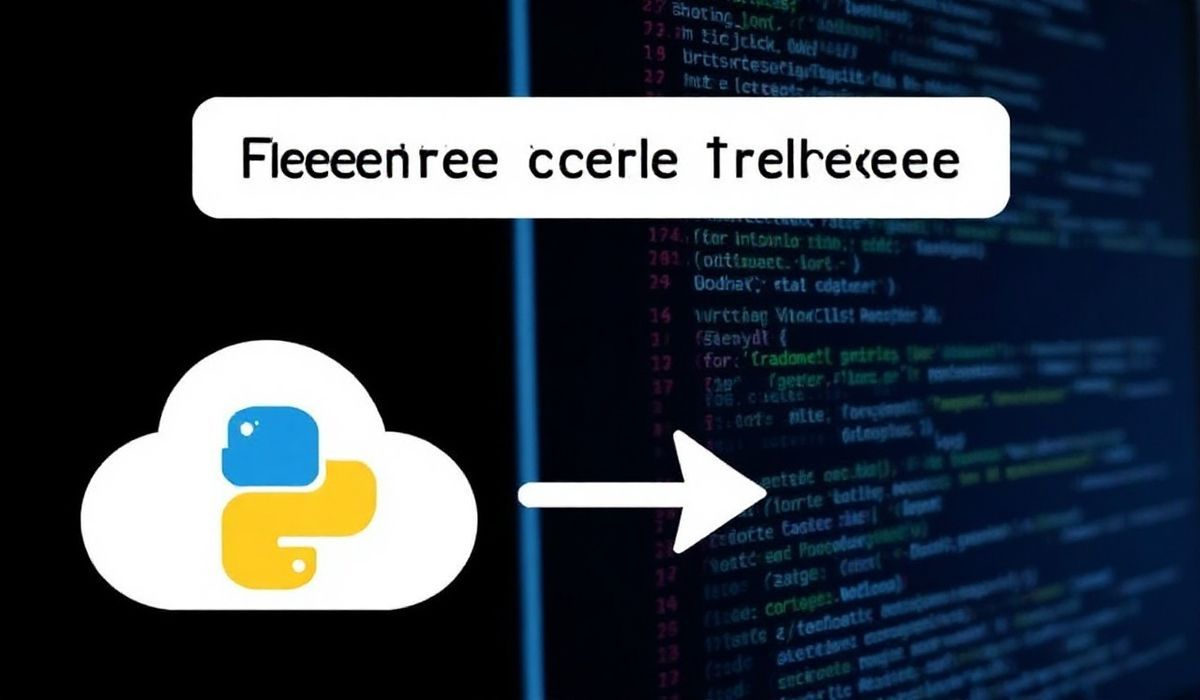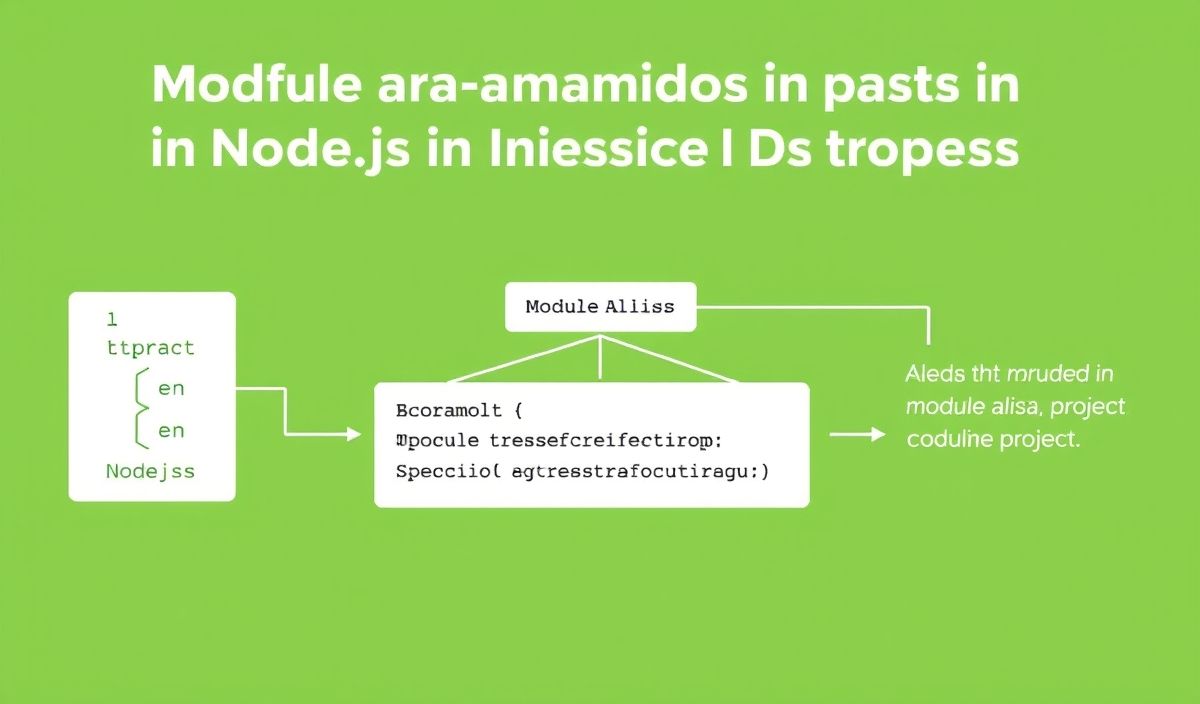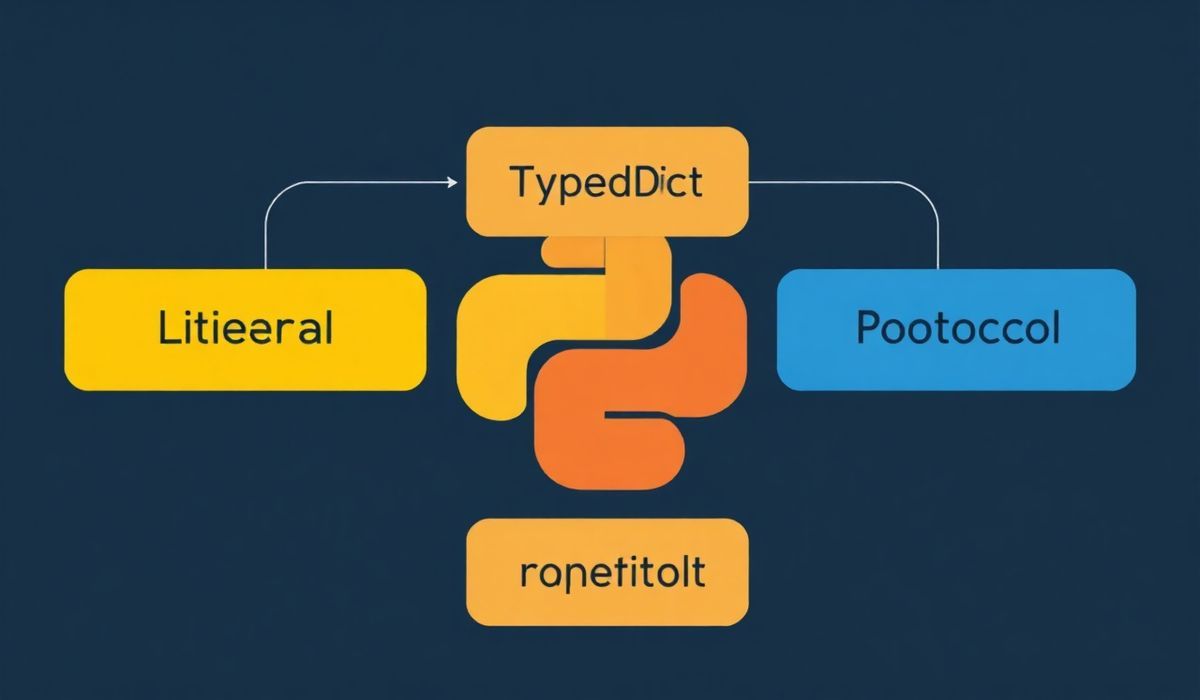Introduction to s3transfer
The s3transfer library is a module by AWS that facilitates high-level management of Amazon S3 transfers in Python applications. It provides a robust interface for uploading and downloading files with optimized strategies, making it suitable for developers integrating S3 operations in their applications. In this guide, we will explore the s3transfer library, its useful APIs, and practical code examples, concluding with an app example utilizing them. Let’s delve in!
Key Features of s3transfer
Before we dive into the APIs, let’s highlight some of the features of s3transfer:
- Optimized handling of multipart uploads and downloads.
- Automatic retries and failure recovery mechanisms.
- Advanced options for managing concurrency.
API Examples
Here are some useful APIs provided by s3transfer along with examples:
1. Uploading a File
Uploading files to S3 is made seamless with the upload_file() method:
from s3transfer import S3Transfer
import boto3
client = boto3.client('s3')
transfer = S3Transfer(client)
# Upload a file
transfer.upload_file('local_file.txt', 'my-bucket', 'remote_file.txt')
print("File uploaded successfully!")
2. Downloading a File
To download a file from S3, the download_file() method is highly efficient:
# Download a file
transfer.download_file('my-bucket', 'remote_file.txt', 'local_file.txt')
print("File downloaded successfully!")
3. Setting Custom Transfer Configuration
Customize transfer options such as concurrency with s3transfer.TransferConfig:
from s3transfer import TransferConfig
# Define a custom configuration
config = TransferConfig(
multipart_threshold=10*1024*1024, # Multipart upload threshold
max_concurrency=10 # Maximum concurrency
)
# Upload with custom configuration
transfer.upload_file('local_file_large.txt', 'my-bucket',
'remote_file_large.txt',
extra_args=None,
callback=None,
config=config)
print("File uploaded with custom config!")
4. Tracking Progress with a Callback
Add a progress callback function to monitor uploads/downloads:
def progress_callback(bytes_transferred):
print(f"{bytes_transferred} bytes transferred.")
# Transfer with a progress callback
transfer.upload_file('large_file.txt', 'my-bucket', 'uploaded_file.txt',
callback=progress_callback)
5. Deleting Multiple Files
While s3transfer itself doesn’t provide a dedicated delete method, you can use related boto3 functionalities:
objects_to_delete = {'Objects': [{'Key': 'file1.txt'}, {'Key': 'file2.txt'}]}
client.delete_objects(Bucket='my-bucket', Delete=objects_to_delete)
print("Files deleted successfully!")
Building an Example App with s3transfer
Here’s an example of building a simple Python script that integrates these APIs for a file transfer application:
from s3transfer import S3Transfer, TransferConfig
import boto3
client = boto3.client('s3')
transfer = S3Transfer(client)
def upload_file(file_name, bucket_name, object_name, config):
transfer.upload_file(file_name, bucket_name, object_name, config=config)
print(f"Uploaded: {file_name}")
def download_file(bucket_name, object_name, file_name):
transfer.download_file(bucket_name, object_name, file_name)
print(f"Downloaded: {file_name}")
def list_files(bucket_name):
response = client.list_objects_v2(Bucket=bucket_name)
print("Files in bucket:")
for content in response.get('Contents', []):
print(content['Key'])
# Configuration
custom_config = TransferConfig(multipart_threshold=8*1024*1024, max_concurrency=4)
if __name__ == "__main__":
upload_file('sample.txt', 'my-bucket', 'sample.txt', custom_config)
download_file('my-bucket', 'sample.txt', 'downloaded_sample.txt')
list_files('my-bucket')
Conclusion
The s3transfer library simplifies the process of handling Amazon S3 file transfers with Python. Whether you are managing large files, optimizing multi-threaded operations, or requiring customization, s3transfer provides all the tools you need to streamline your cloud storage operations.




